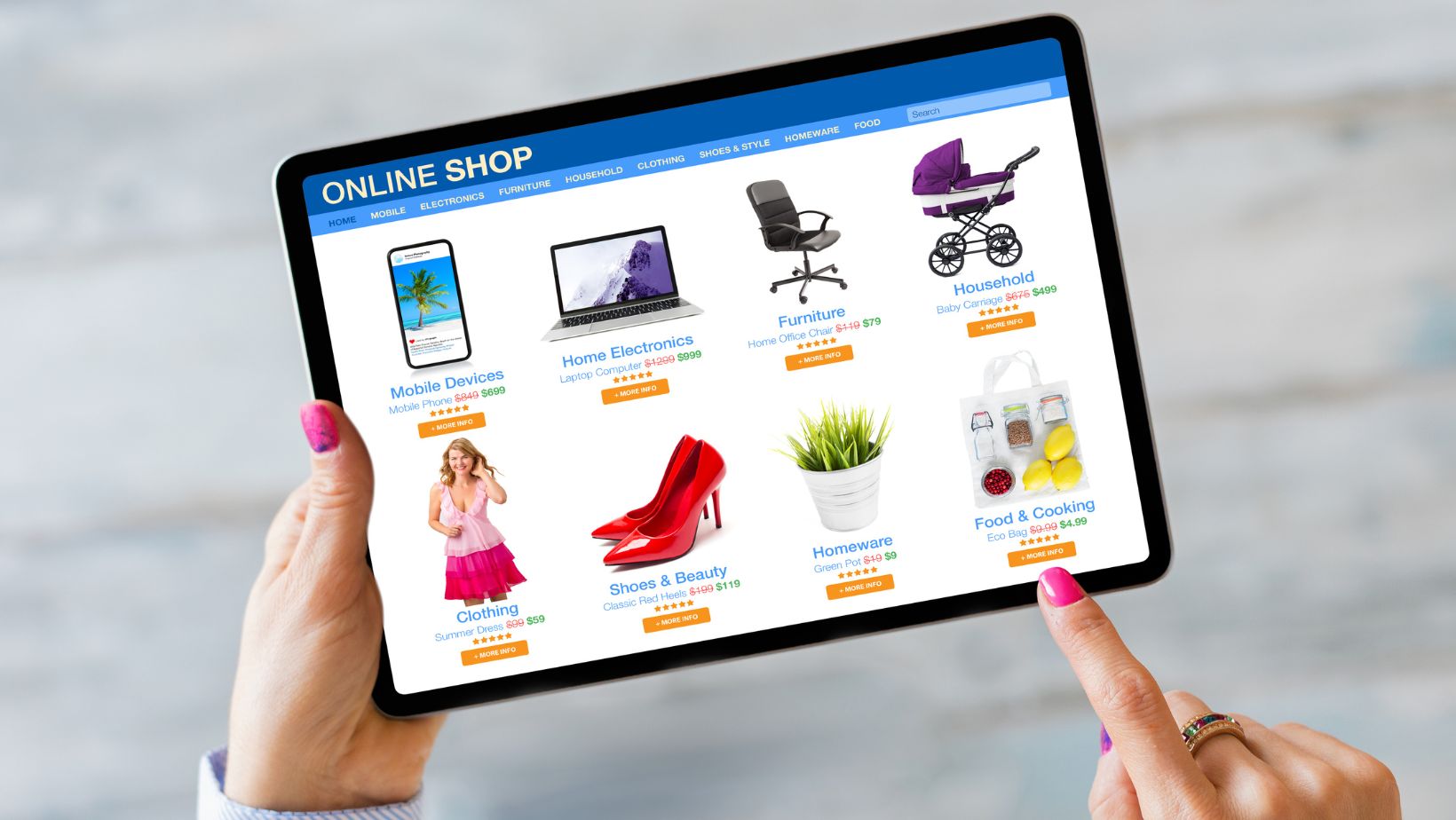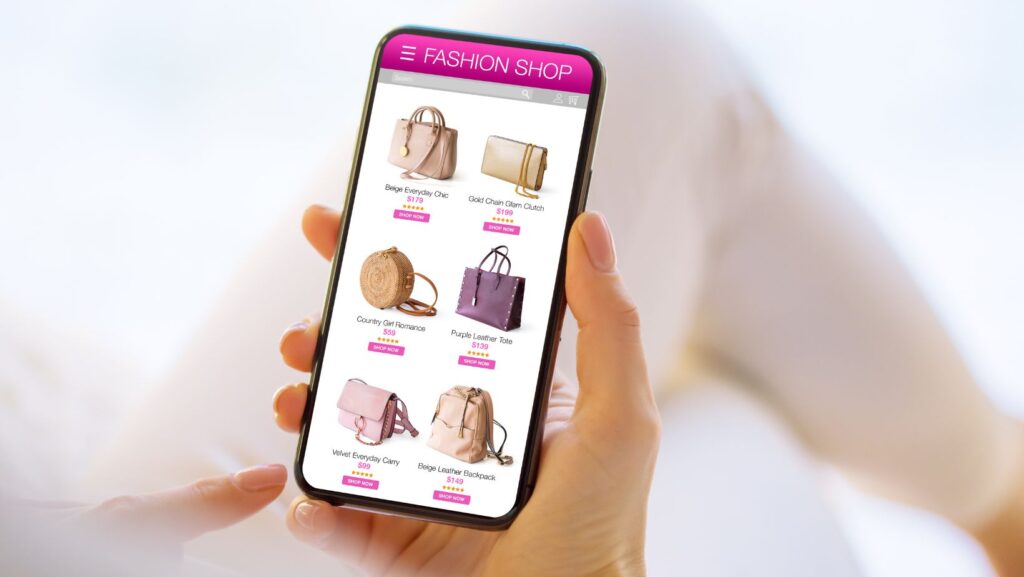You’ve done the hard work of driving traffic to your online store. Ads are running, visitors are clicking, and your analytics dashboard shows promising numbers. But when you look at sales, the figures don’t match the buzz. This mismatch between traffic and conversions is one of the biggest frustrations for eCommerce businesses — and often a sign that there are deeper issues at play. That’s why many brands turn to a top google shopping agency, where experts can diagnose these gaps and help turn browsers into buyers.
The Illusion of Traffic
It’s easy to get excited by spikes in traffic. After all, more visitors should mean more sales — at least in theory. But not all traffic is created equal. Some users are just window-shopping, some are looking for information rather than products, and others may never have intended to buy in the first place.
This is where businesses often mistake visibility for success. High traffic without conversions can actually be a red flag, signalling that your marketing is pulling people in but failing to persuade them to take the final step.
Why Shoppers Don’t Convert
Here are some of the most common reasons your store attracts visitors but struggles to close sales:
- Poor targeting — Ads bring in the wrong audience who were never likely to purchase.
- Weak product pages — Shoppers arrive but leave quickly because the information isn’t compelling or trustworthy.
- Trust issues — Missing reviews, unclear returns policies, or hidden shipping costs make customers hesitant.
- Complicated checkout process — Every extra step increases the chance of cart abandonment.
- Slow performance — Pages that take more than a few seconds to load drive potential buyers away.
Optimising the Path to Purchase
Traffic is just the first step. The real challenge is guiding visitors through a seamless journey that encourages them to complete a purchase.
Strengthen Product Pages
Clear descriptions, professional images, and prominent benefits are essential. Don’t just list features — explain how your product solves a problem. Adding FAQs can also help answer objections before they stop a customer from buying.
Simplify Checkout
Offer guest checkout, reduce unnecessary form fields, and provide multiple payment options.

Make the process as fast and frictionless as possible.
Build Trust
Add customer reviews, star ratings, and visible trust badges. Transparency about shipping times, returns, and guarantees also reduces hesitation.
Align Ads With Landing Pages
If an ad promises “free shipping” or highlights a specific benefit, the landing page should showcase that same offer immediately. Consistency builds trust, while mismatched messaging creates doubt.
Monitor Behaviour
Use tools like heatmaps or analytics to see where shoppers drop off. Are they leaving from the cart page? Are they abandoning before checkout? Identifying weak points helps you know exactly what to fix.
A Practical Example
Picture an online electronics store running ads for discounted headphones. The ads get plenty of clicks, but sales numbers remain flat. When reviewing the site, it becomes clear that the discount isn’t displayed clearly on the product page, and shipping costs are only revealed at checkout. These small barriers create frustration and mistrust. By highlighting the discount upfront, adding testimonials from happy buyers, and offering free shipping, the store could close more sales without increasing ad spend.
Shifting Focus From Traffic to Conversions
It’s tempting to celebrate traffic spikes, but true success lies in conversions. Instead of asking “How many people visited my store?”, a better question is “How many people bought something — and why?”
This mindset shift allows you to:
- Evaluate the quality of your traffic instead of just the volume.
- Identify weaknesses in your product presentation or checkout process.
- Prioritise customer experience alongside marketing reach.
Closing the Gap
Your analytics might show thousands of visitors, but until those numbers translate into consistent sales, you’re leaving money on the table. The good news is that conversion barriers are often fixable with practical changes — clearer messaging, smoother processes, and stronger trust signals.
Traffic is the start of the story, but conversions are the ending that matters. Focus on removing the barriers between the two, and you’ll see your sales begin to align with the effort you’ve put into building visibility online.


